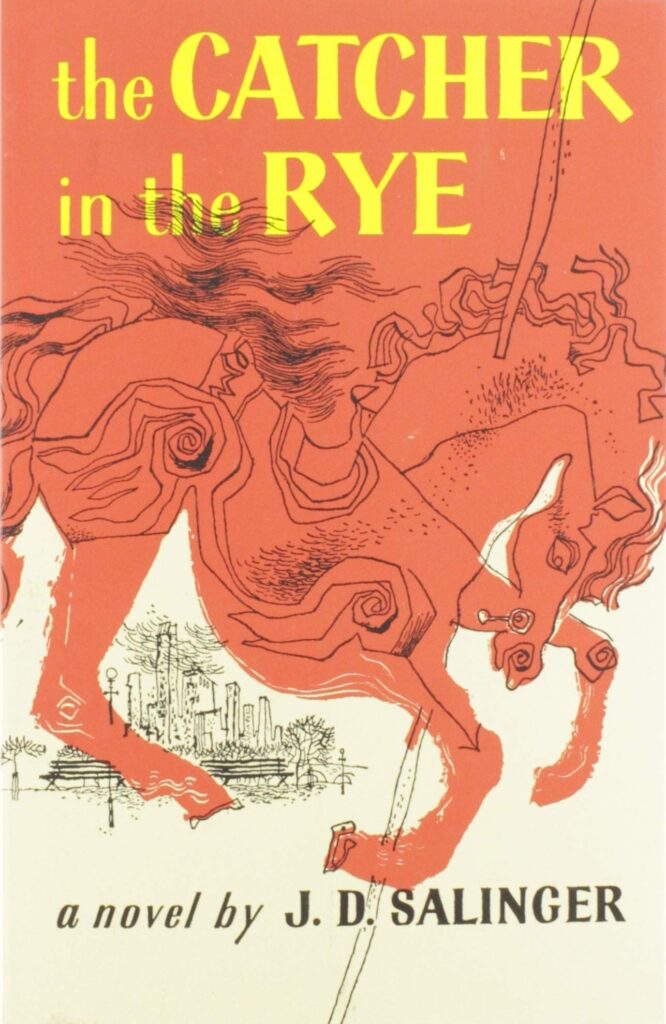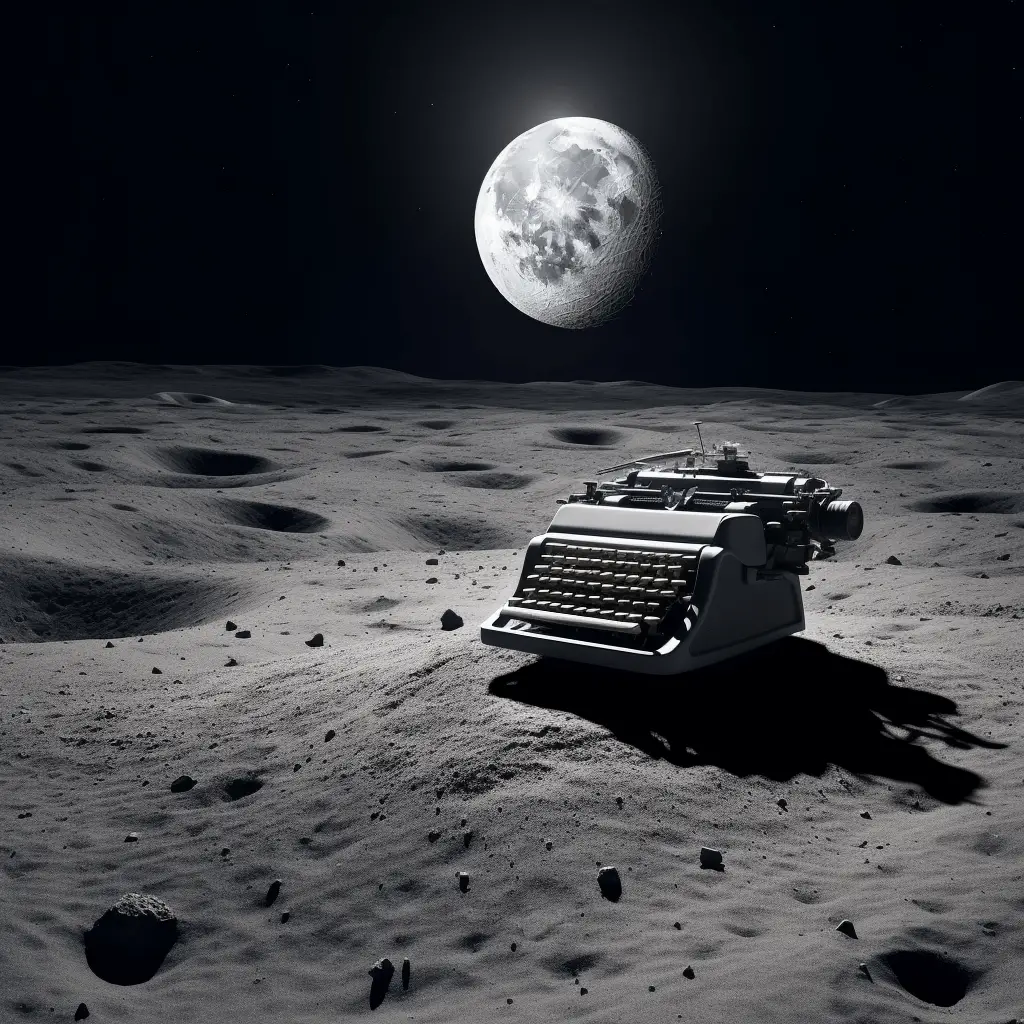
Ah, “The Catcher in the Rye,” a classic piece of American literature that needs no introduction—but I’m going to give it one anyway. Penned by the one and only J.D. Salinger, this coming-of-age novel has been a staple in high school English classes for generations.
It’s a strange, somewhat awesome book that often leaves readers with a sense of unease, a lingering question of “What did I just read?” The first time I came across it was during my own high school days, tossed into my teenage hands by a well-meaning English teacher. Little did I know, that book would lead to a lifetime fascination with Salinger and his peculiar outlook on the world.
Book Summary of “The Catcher in the Rye”
Holden Caulfield, the story’s brooding protagonist, isn’t your typical teenage hero. A high school student from an affluent family, Holden gets expelled from Pencey Prep, a prestigious boarding school, due to poor grades. Instead of heading straight home, he decides to take a detour into the heart of New York City.
Over a couple of days, he has a series of encounters that expose him to the adult world and its hypocrisies. He meets old friends and new acquaintances, spends time with a prostitute, grapples with his own sexuality, and confronts the stark realities of growing up. All the while, he holds onto his younger sister, Phoebe, as the last vestige of innocence.
Holden is obsessed with the idea of preserving childhood innocence, symbolized by his fantasy of being the ‘catcher in the rye,’ saving children from falling off a cliff—metaphorically falling into the adult world.
Book Review of “The Catcher in the Rye”
“The Catcher in the Rye” is a book that people seem to either love or hate, and it’s easy to see why. Salinger’s style is unique—his narrative is meandering, his characters are flawed, and his dialogue is often brash. Yet, it’s these very aspects that make the book resonate with so many.
Holden Caulfield is a deeply troubled young man, and Salinger doesn’t shy away from depicting his raw, unfiltered thoughts. This makes Holden’s struggles with mental health, alienation, and coming-of-age feel authentic.
Critics often praise Salinger’s ability to capture the voice of adolescence. The narrative is deeply immersed in Holden’s perspective, making his cynicism and disillusionment palpable. However, the novel also receives criticism for its lack of a traditional plot and its excessive use of slang, which some find distracting.
Despite these polarizing elements, “The Catcher in the Rye” remains an influential piece of literature. Its exploration of teenage angst and the complexities of transitioning into adulthood is still relevant today, cementing its status as a timeless classic.
“The Catcher in the Rye” Rating
My Rating: 7.5/10. While I appreciate the raw emotion Salinger evokes, the novel’s lack of a concrete plot can sometimes leave one feeling adrift.
Amazon Rating: 4.3/5
Goodreads Rating: 3.8/5
About the Author: J. D. Salinger
Jerome David Salinger, known to the world as J. D. Salinger, was an American writer famous for his reclusive nature. Born in New York City in 1919, Salinger began writing short stories while in secondary school and published several stories in the early 1940s before serving in World War II.
The experiences of the war influenced Salinger profoundly, shaping much of his later work. His best-known work, “The Catcher in the Rye,” published in 1951, is a seminal piece of American literature. The novel’s protagonist, Holden Caulfield, became an icon for teenage rebellion and angst. Salinger’s authentic, raw portrayal of Caulfield’s experiences and emotions resonated with millions of readers, establishing “The Catcher in the Rye” as a classic.
Despite the success and acclaim of “The Catcher in the Rye,” Salinger became increasingly reclusive. He distanced himself from the public eye, a choice that seemed in stark contrast with his early career, when he had willingly shared his short stories with magazines like The New Yorker. Salinger’s other published works include the collections “Nine Stories” (1953), “Franny and Zooey” (1961), and “Raise High the Roof Beam, Carpenters and Seymour: An Introduction” (1963). After the publication of these works, he ceased publishing altogether, but reports suggest he continued to write privately.
Salinger passed away in 2010, leaving behind a complex legacy. His writing continues to inspire and influence authors worldwide. His deep exploration of the human psyche, his profound understanding of societal pressures, and his unique storytelling techniques have solidified his status as one of the most important writers of the 20th century. However, his reclusive lifestyle and the controversies that arose from his personal relationships add layers of intrigue and discussion to his memory.
In sum, J. D. Salinger was a remarkable author whose work continues to resonate in contemporary literature. His influence can be felt in the themes of alienation, identity crisis, and the clash between innocence and adult cynicism that remain prevalent in today’s literary landscape. His life, like his work, is a study of the complexities of the human condition, making his contribution to literature invaluable and enduring.




